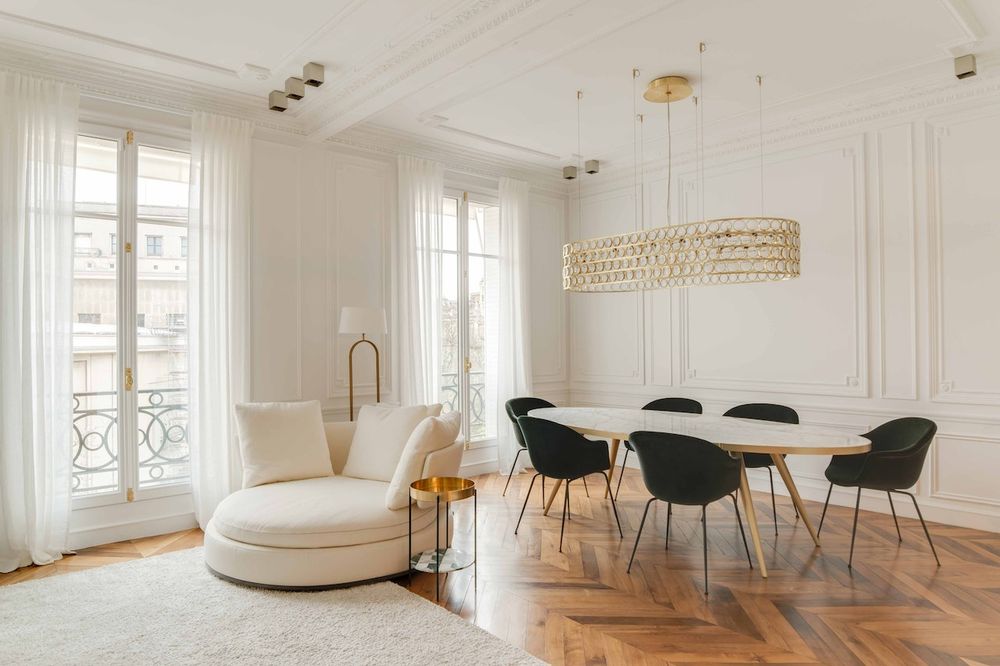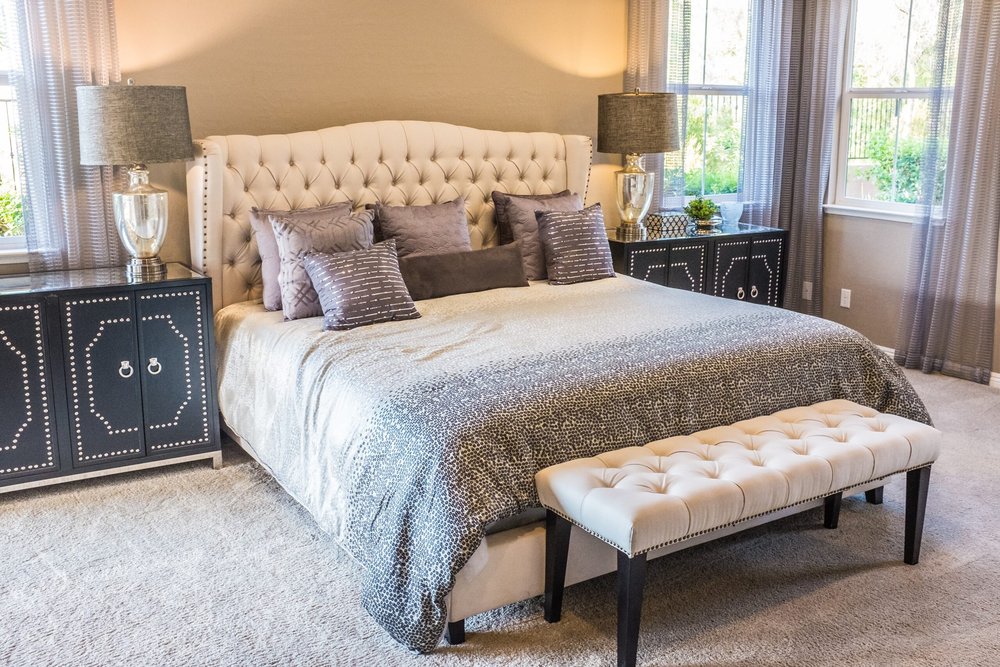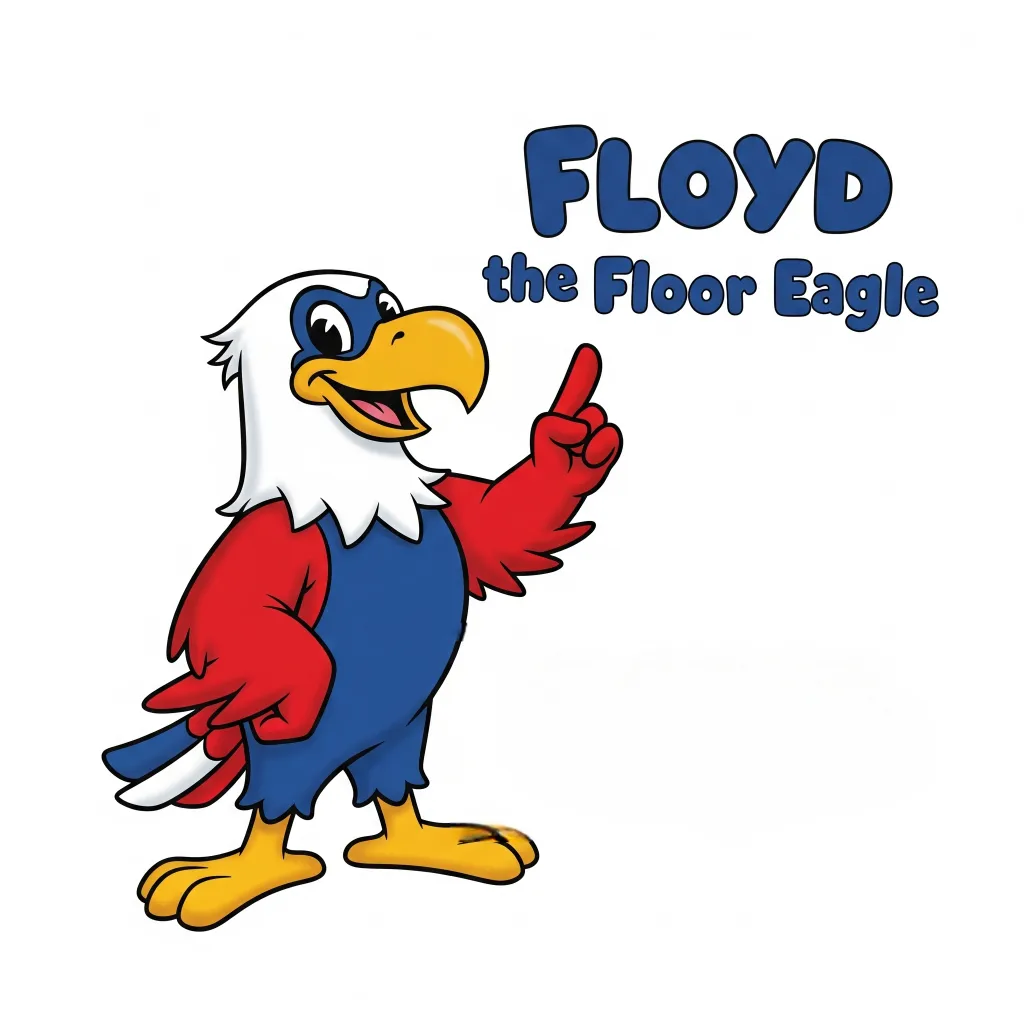How to Mix Carpet with Other Flooring Materials Seamlessly

Planning Transitions for Open Floor Concepts
In homes with open layouts, mixing flooring types is both functional and decorative. Strategic transitions help define separate areas, like living and dining spaces, without needing walls. Trusted carpet stores O’Fallon, MO offer design consultations to guide layout decisions that keep your space cohesive and natural.
Using Transition Strips for Clean Division
One of the most effective ways to blend carpet with other flooring is with transition strips. These trim pieces come in wood, metal, or rubber and serve both aesthetic and practical purposes. They reduce tripping hazards while offering a finished look where carpet meets tile, hardwood, or vinyl.
Matching Color Tones for Visual Continuity
Color coordination between carpet and other flooring materials is key to maintaining visual flow. Choose complementary hues, such as neutral carpet paired with light wood or bold carpet balanced with soft tile, for a pleasing transition. Matching undertones can subtly unify the look across different materials.
Considering Texture and Height Differences
Mixing materials often involves varying surface textures and heights. A thick plush carpet may sit higher than vinyl or hardwood. Addressing these differences with smooth transitions or tapered edges prevents awkward gaps and creates a more polished appearance throughout your home.
Blending Styles Between Rooms
To ensure a smooth visual transition, consider how the flooring in each room relates to the others. A cozy carpet in a bedroom next to wood in a hallway can work beautifully when colors or textures coordinate. Maintaining a consistent design theme helps the mix feel intentional rather than abrupt.
Placing Carpet in High-Comfort Zones
Carpet works best in areas where warmth and softness are priorities—like bedrooms, family rooms, or play areas. Use harder surfaces like tile or vinyl in kitchens and bathrooms, then link the two with complementary transitions. This method prioritizes both comfort and practicality while keeping a unified aesthetic.

Creating Borders or Inlays for a Custom Look
Some homeowners use carpet as a design accent rather than full-room coverage. For example, placing a carpet inlay within a hardwood floor can act as a built-in area rug. This approach brings a unique style element and blends the two flooring types with intentional contrast.
Installing in the Right Order
When mixing materials during a remodel or new installation, the order of installation matters. Hard surfaces like tile or hardwood are usually laid first, followed by carpet. This sequencing helps achieve level surfaces and tighter seams between flooring types.
Consulting Professionals for Seamless Integration
While mixing flooring materials can be a DIY project, it often requires precise measurement and product knowledge. Professionals can ensure materials align properly, transitions are level, and design intent is met. Visiting an expert flooring provider helps avoid common pitfalls and ensures lasting results.
Bringing It All Together with Expert Guidance
When done right, mixing carpet with other flooring materials enhances both style and function. From choosing colors and textures to installing smooth transitions, every detail matters. For expert help and design support, homeowners rely on carpet stores O’Fallon, MO with proven experience. Know more about our service Mid America Flooring Solutions, where quality and creativity come together to elevate every room in your home.








